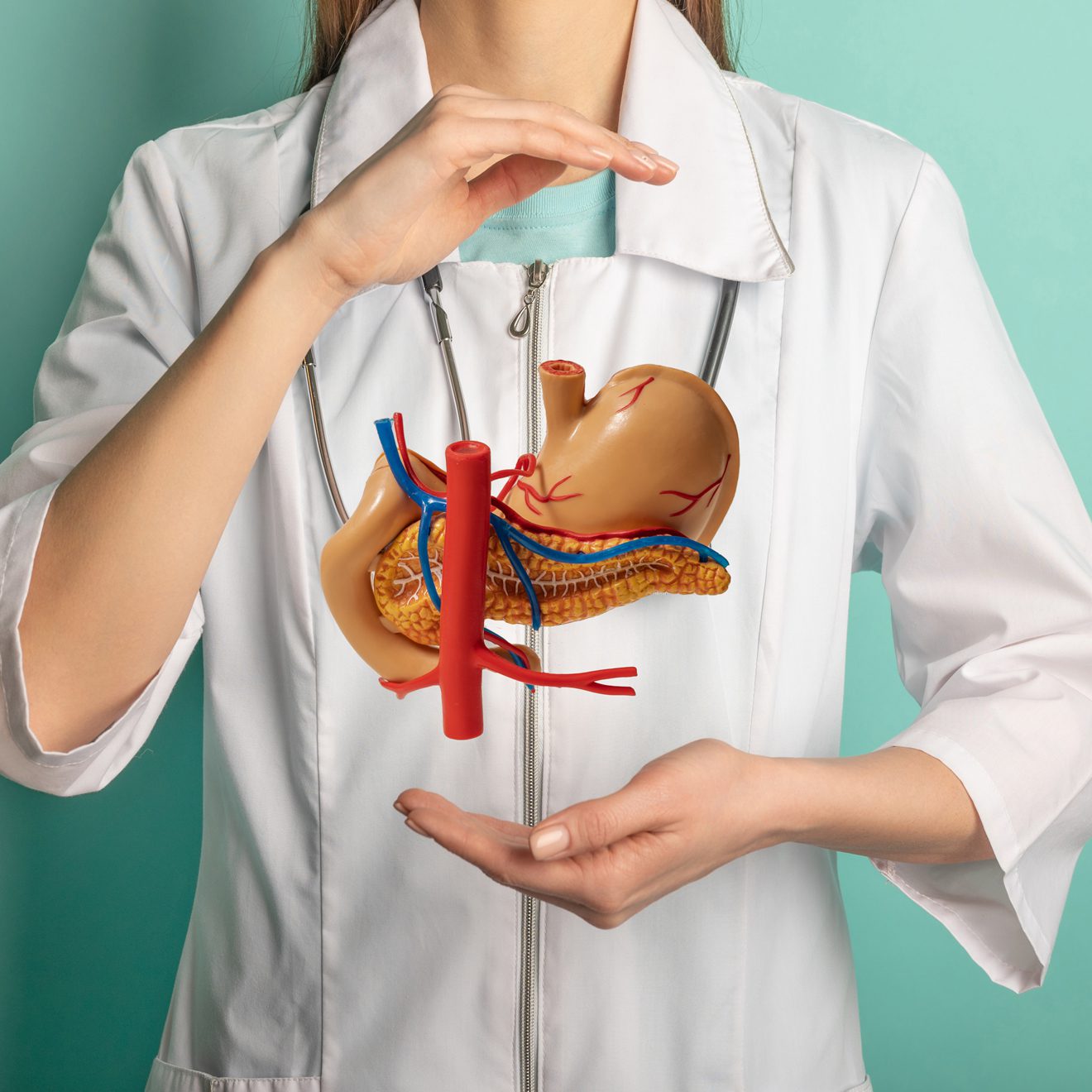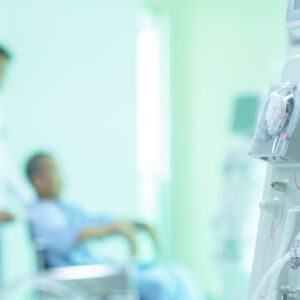Gastroscopy is an invasive medical procedure used to diagnose and treat diseases of the gastrointestinal tract. As a diagnostic procedure, it determines the extent of pathology in the digestive tract, including oesophageal varicose veins, stomach cancer and colon cancer. As a therapeutic procedure, it can help treat or even cure many conditions, such as oesophageal varicose veins. There is a wide range of techniques used to examine the digestive system: gastroscopy, colonoscopy and rectoscopy are the most common.
There are also less common exploratory procedures that are used to treat specific conditions in certain parts of the digestive tract: for example, intragastric balloon treatment for bleeding oesophageal varicose veins, or endoscopic cauterisation for haemorrhoids that do not respond to other treatments. There is also a technique called biopsy that can be used to find the cause of unexplained dyspepsia (indigestion) when other tests have ruled out more serious causes, such as cancer or ulcers.
All the teams in our clinic are committed to ensuring the quality and safety of care on a daily basis.
120 Hospital beds, 32 Outpatient beds, 15 Operating theaters, 128-strip scanner, Ultrasound, Doppler, …
Emergency service, reception 24 hours a day, 7 days a week, with personalized care for all our patients.
Fibroscopy (supported in our Digestive Exploration Unit) is an examination of the body using an endoscope. This device is inserted into cavities or holes in the body to obtain a more accurate visual inspection of the inside of the body and its structures. The fibrescope can be used for diagnostic purposes or for therapeutic procedures such as biopsies, drains and injections.
Fibroscopy is used to diagnose and treat certain conditions, including:
- Abscesses (accumulation of pus) in the skin and other tissues
- Cysts (fluid-filled sacs) in the breasts or ovaries
- Haemorrhoids (piles) in the rectum or anus
- Polyps (growths on internal organs) in the bowel, rectum or vagina
Colonoscopies are examinations of the colon or large bowel using an instrument called a colonoscope. A colonoscopy (supported by our Digestive Exploration Department) is a procedure that allows the doctor to see the large bowel and rectum, including the area between them called the sigmoid colon. The examination also allows tissue samples to be taken for laboratory analysis.
Colonoscopy is used to diagnose certain conditions of the colon, rectum and anus, including cancer, polyps (growths), ulcers, inflammation, bleeding and scarred narrowing of the bowel.
Rectoscopy is an endoscopic examination of the rectum and lower part of the large bowel. It is a procedure to detect abnormalities in the colon and rectum. Rectoscopy may also be called proctoscopy or sigmoidoscopy.
The purpose of this test is to check for abnormalities such as polyps, ulcers and tumours in the lower part of the colon.
Rectoscopy can also be used to diagnose inflammatory bowel disease or other conditions of the gastrointestinal tract.
During a biopsy, a small piece of tissue is taken from the patient’s body and examined under a microscope to see if there is a medical problem. The most common types of biopsy are fine needle aspiration (FNA) biopsy, core biopsy, incisional biopsy, excisional biopsy and punch biopsy.
Biopsies are usually performed when cancer or another disease is suspected, or to find out whether a lump is benign or malignant (cancerous).
A biopsy can be either diagnostic or therapeutic. A diagnostic biopsy can be used to make a diagnosis of cancer or other conditions. A therapeutic biopsy aims to remove all or part of a tumour to reduce the risk of the cancer spreading beyond its original site.
A gastric balloon (supported by our Digestive Exploration department) is a device placed inside the stomach to reduce its size. It is also known as an intragastric balloon. An intragastric balloon consists of an inner silicone tube, an outer casing and an inflation port.
Thanks to the intragastric balloon, the patient feels full after eating a small amount of food. As a result, they eat less food per meal or over a 24-hour period. As a result, patients lose weight.
Oesophageal varices are abnormal dilations of the oesophageal veins that can occur in patients with portal hypertension due to liver cirrhosis, where the pressure in the portal venous system is high. Treatment of oesophageal varices aims to prevent bleeding from oesophageal varices and treat associated complications.
Causes
Oesophageal varicose veins develop when the pressure in the veins is higher than normal. This can be caused by cirrhosis of the liver, which is the replacement of normal liver tissue with scar tissue. Cirrhosis is usually caused by chronic alcohol abuse or hepatitis C infection, but other factors can also play a role. The main cause of oesophageal varicose vein bleeding is the rupture of a vein wall.
Symptoms
Some people with oesophageal varicose veins have no symptoms, while others have painless rectal bleeding during meals or at night. Anaemia (low red blood cell count) may be present. Severe cases can lead to low blood pressure, shock and death if left untreated. Bleeding from oesophageal varices is most commonly observed during upper endoscopy (examination of the oesophagus with an endoscope).

Nos autres centres d'explorations
Radiology, or radiological examination, is the process of using ionising radiation and its interaction with matter to produce images of the inside of the body.
Dialysis is a procedure in which a machine is used to replace kidneys that have stopped working. Dialysis can be used by patients with kidney failure, kidney disease or perioperative surgery.
In medicine, cardiac exploration is a surgical procedure involving the heart.
Biological testing is a general term that covers many different types of tests that can be performed on blood, urine and tissue samples.






